You are here
Pigneto - San Lorenzo
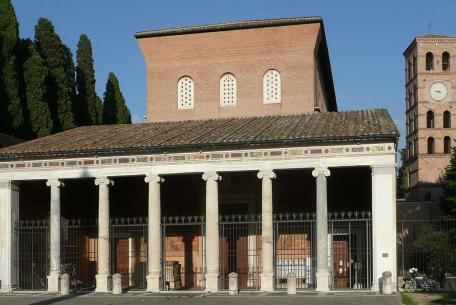
The basilica of San Lorenzo fuori le Mura (Saint Lawrence outside the Walls) comes from the combination of two distinct churches, one built in the 6th century AD and the other at t
[...]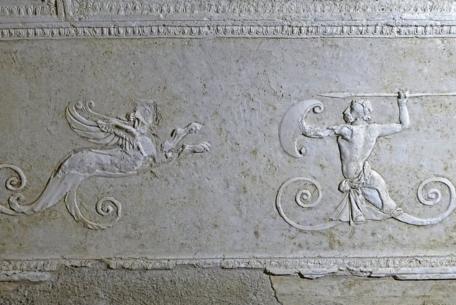
The building was accidentally found in 1917 under the Rome-Naples railway. There are various hypotheses on its use.
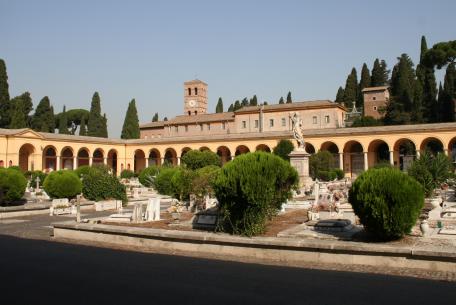
The Verano Monumental Cemetery covers an area of about 83 hectares.
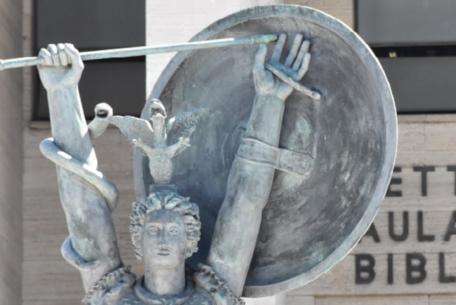
Inaugurated in 1935 in the presence of King Victor Emmanuel III, the construction of the Città Universitaria (University City) had begun only three years earlier, when the project
[...]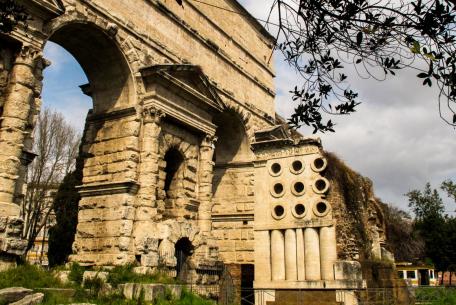
Among the most solemn architectures of the Roman Empire, we cannot fail to mention Porta Maggiore (or Porta Prenestina), erected in 52 AD by Emperor Claudius at the crossroads of the two roads lead
[...]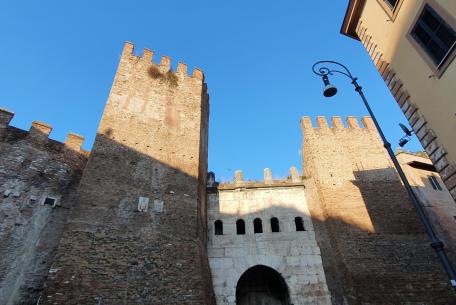
Porta Tiburtina or Porta San Lorenzo is a gateway in the Aurelian Walls of Rome, through which the Via Tiburtina exi
[...]Located just beyond Termini Station and enclosed between Via Casilina and Via Prenestina, ancient consular roads, the neighbourhoods of Pigneto and San Lorenzo are among the most popular and frequented by young Romans and tourists for their lively and alternative atmosphere.
Their diverse offer allows you to spend carefree hours between vintage markets and fresh food, street food, traditional trattorias, ethnic restaurants, literary cafes, and trendy bars.
Pigneto extends from Piazzale Labicano between Via Prenestina, Via Casilina and Via dell'Acqua Bullicante, to form a triangle. Its name derives from a long row of pine trees planted by the Caballini family, placed along the wall of the 18nth-century Villa Serventi.
The district was born around 1870 over the gardens, the villas, and the vineyards that populated it before the 18th century. A working-class imprint characterizes it.
Thanks to its atmosphere, the Pigneto is a natural set: much loved by the great directors of Neorealist Cinema, it was chosen for masterpieces such as Rome, Open City (1945) by Roberto Rossellini with Anna Magnani and Aldo Fabrizi. Pier Paolo Pasolini set here his first film Accattone in 1961.
Over time, the neighbourhood has experienced significant growth, from mainly proletarian to culturally and artistically active. The pedestrian area at the beginning of Via del Pigneto has become a focal point of Roman nightlife, thanks to its proximity to the University of Rome Sapienza.
Every morning, the pedestrian area in the heart of Pigneto hosts a colourful market of fresh fruits and vegetables. At night, it turns into one of the trendiest areas of the capital's nightlife, animated by the lights and the voices that come from the many sought-after clubs that overlook it.
The district is cloaked in history and includes charming places of archaeological interest: Porta Maggiore and the Tomb of Eurysaces, among the most solemn architecture of the Roman Empire; the Neopitagorian Basilica of Porta Maggiore, about 9 meters below the level of the current Via Prenestina (first decades of the first century AD. C.); the Sepulchre of Largo Preneste, a funerary building in opus latericium datable between the 2nd and 3rd centuries A.D. that reproduces some types of dwellings like those found on the sides of Via Latina and the Appian Way.
Like Pigneto, the San Lorenzo district rises outside the usual tourist circuits and has become one of the most lively city areas. The original craft stores and ateliers give it a slightly bohemian flavour.
Leaning against the Aurelian Walls, it was mainly a common area primarily populated by railway workers, laborers, and artisans, and the typical houses with balconies for the less wealthy. The neighbourhood has always been like a small universe, a tiny village where people love to live by night and by day. The university city and the numerous transport connections have made it the neighbourhood of students. Today, it is a sort of New York's Village on a human scale and an "alternative" place that has developed between colourful street art, trendy clubs, housing, and refined architecture of neoclassical inspiration.
San Lorenzo was born after the unification of the Kingdom of Italy with Rome as Capital. The subsequent increase in population and urbanism developed on a landscape dotted with fields and crops on which stood only the Basilica of San Lorenzo Fuori le Mura and the nucleus of the Verano Cemetery, certainly very different from the impressing monumental complex that we know today.
Walking through the neighbourhood, do not forget to visit: the beautiful patriarchal Basilica of San Lorenzo Fuori le Mura, an essential place of worship and one of the oldest in the city; Porta Tiburtina, one of the monumental gates to the Aurelian Walls of Rome; Villa Mercede, a beautiful park with paths lined with palm trees, pines, cedars, and lush plants, arranged on the model of landscaped gardens; the Verano Cemetery which, among ancient monumental tombs and tree-lined avenues, houses the graves of famous characters such as Goffredo Mameli, Trilussa, Eduardo De Filippo, Vittorio Gassman, Nino Manfredi, Vittorio De Sica, and Alberto Sordi.











































